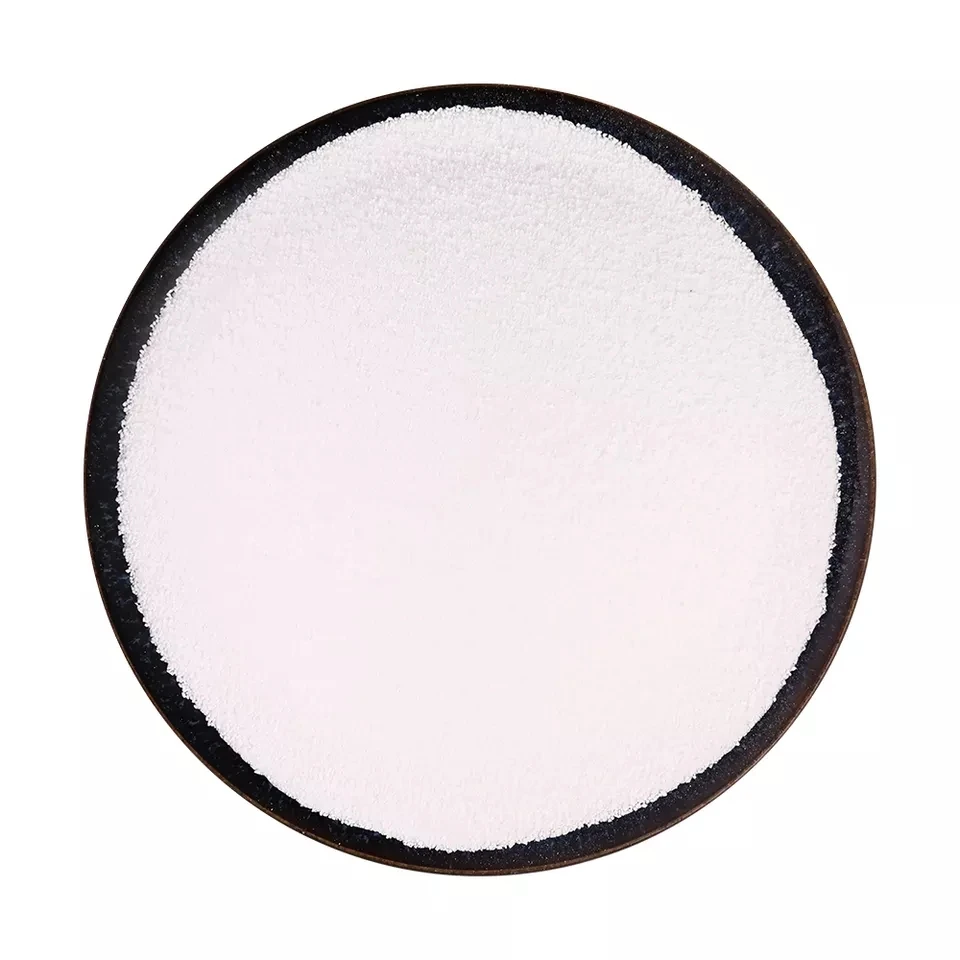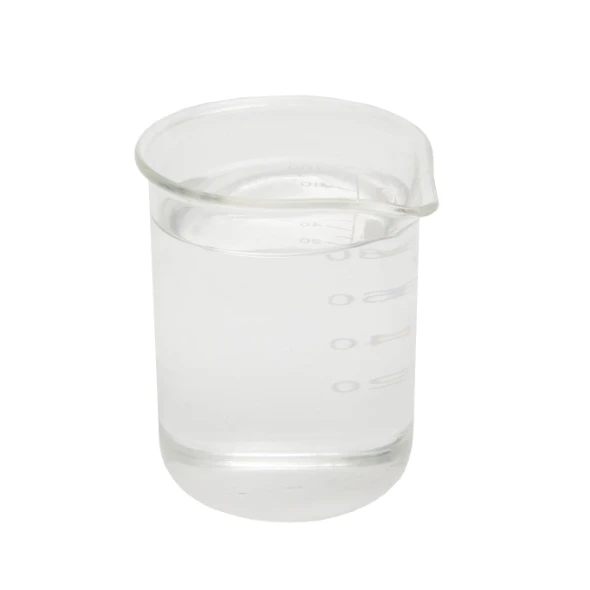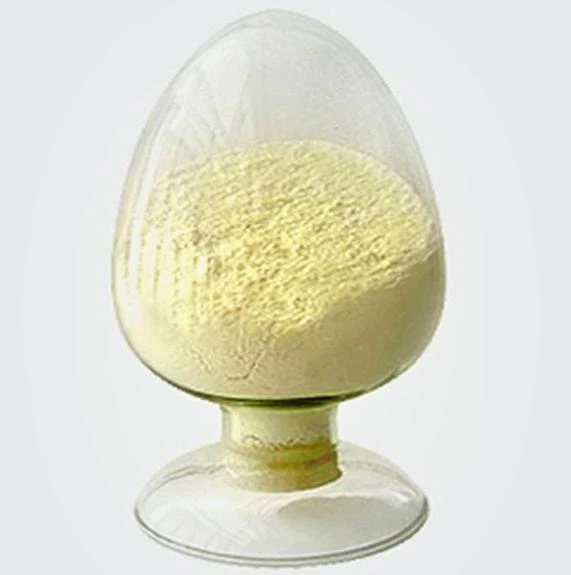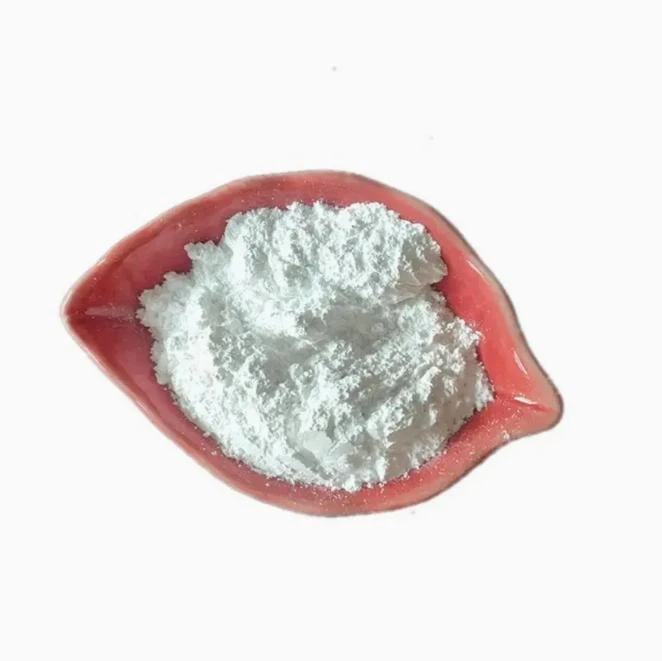Warning: Undefined array key "file" in /home/www/wwwroot/HTML/www.exportstart.com/wp-content/themes/1198/header.php on line 7
Warning: Undefined array key "title" in /home/www/wwwroot/HTML/www.exportstart.com/wp-content/themes/1198/header.php on line 7
Warning: Undefined array key "title" in /home/www/wwwroot/HTML/www.exportstart.com/wp-content/themes/1198/header.php on line 7
- Afrika
- Albania
- Amharic
- Arabic
- Armenian
- Azerbaijani
- Basque
- Belarusian
- Bengali
- Asụsụ Bosnia
- Bulgarian
- Catalan
- Cebuano
- China
- China (Taiwan)
- Corsican
- Asụsụ Croatia
- Czech
- Danish
- Dutch
- Bekee
- Esperanto
- Estonia
- Asụsụ Finnish
- French
- Onye Frisian
- Onye Galisi
- Asụsụ Georgian
- German
- Grik
- Gujarati
- Haitian Creole
- hausa
- Hawaian
- Hibru
- Mba
- Miao
- Asụsụ Hungarian
- Aislandi
- igbo
- Asụsụ Indonesian
- Irish
- Ịtali
- Japanese
- Asụsụ Javanị
- Kannada
- kazakh
- Khmer
- Onye Rwandan
- Korean
- Kurdish
- Kyrgyz
- TB
- Latịn
- Latvia
- Lithuania
- Luxembourgish
- Masedonia
- Malgashi
- Malay
- Malayalam
- Malta
- Maori
- Marathi
- Mongolian
- Myanmar
- Nepali
- Norwegian
- Norwegian
- Occitan
- Pashto
- Asụsụ Persia
- Polish
- Portuguese
- Punjabi
- Romanian
- Russian
- Samoan
- Scottish Gaelic
- Asụsụ Serbian
- Bekee
- Shona
- Sindhi
- Sinhala
- Slovak
- Slovenian
- Somali
- Spanish
- Asụsụ Sudan
- Swahili
- Swedish
- Tagalog
- Tajik
- Tamil
- Tatar
- Telugu
- Thai
- Turkish
- Turkmen
- onye Ukraine
- Urdu
- Uighur
- Uzbek
- Vietnamese
- Welsh
- Enyemaka
- Yiddish
- Yoruba
- Zulu
Aspirin Powder
Aspirin, also known as acetylsalicylic acid, belongs to non-steroidal anti-inflammatory drugs and was first used for anti-inflammatory and analgesia. Aspirin was later discovered to prevent platelets from clumping together to achieve the antithrombotic effect. As research on aspirin continues, many new uses have been discovered, such as reducing deaths from heart attacks and strokes, and reducing the risk of colorectal cancer.

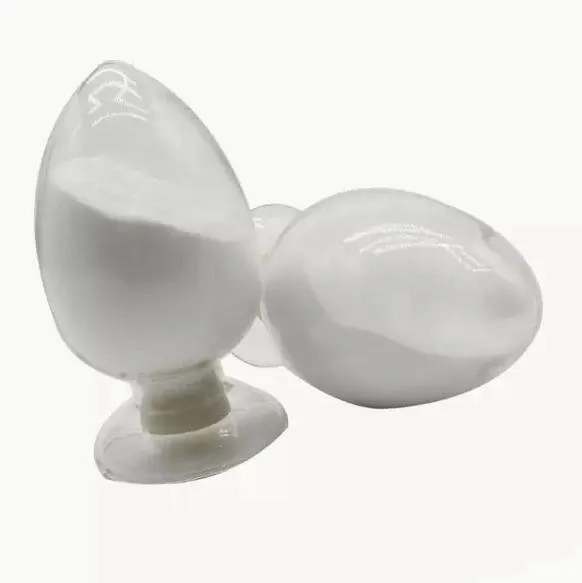
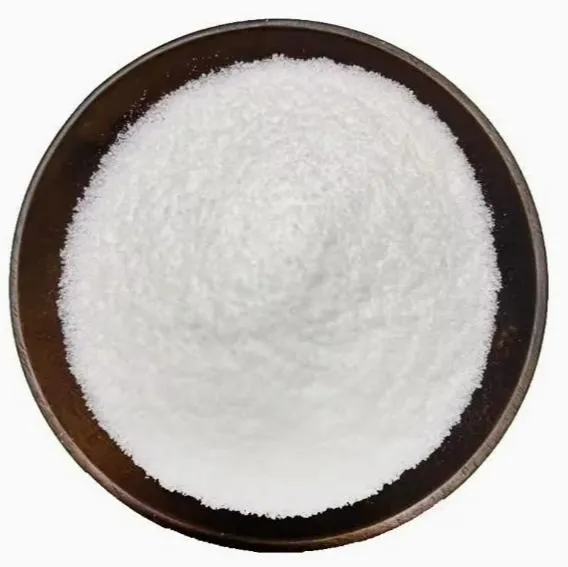
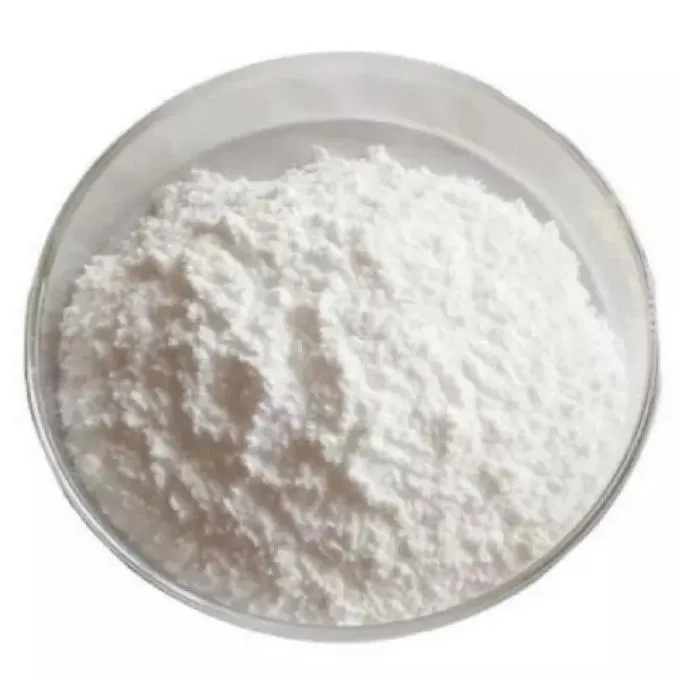
Acetylsalicylic acid (aspirin) is a traditional antipyretic analgesic and has the effect of anti-platelet aggregation. Acetylsalicylic acid (aspirin) has antithrombotic properties in vivo and can reduce the formation of obstructive thrombosis in peripheral arteries. Inhibit platelet release response and endogenous ADP, 5-HT release. Therefore, inhibition of the second phase of platelet aggregation without inhibition of the first phase of aggregation. Acetylsalicylic acid (aspirin) works by acetylation of cyclooxygenase in platelets, thereby inhibiting intra-ring peroxide formation and reducing TXChemicalbookA2 production. At the same time, it can also acetylate platelet membrane protein and inhibit platelet membrane enzyme, which also helps to inhibit platelet function. The inhibition of cyclooxygenase affects the synthesis of PGI2 in vascular wall. TXA2 synthesis of platelet enzymes can also be inhibited, such as large doses of TXA2 and PGI2 generation are affected. Suitable for ischemic heart disease, coronary artery angioplasty (PTCA), coronary artery bypass surgery, can prevent transient cerebral ischemia, stroke, myocardial infarction, reduce the incidence of arrhythmia.
Anyị nwere ọtụtụ ụlọ ọrụ dị elu nke nwere nkwado miri emi, nke nwere ike inye gị ngwaahịa dị elu na ọnụ ahịa asọmpi. Anyị nwekwara ike inye ego maka nnukwu ịzụrụ ihe. Anyị na-akwado ọtụtụ ụlọ ọrụ na-ebuga ibu ndị ọkachamara, nwere ike ịnapụta ngwaahịa n'enweghị nsogbu na aka gị. Oge nnyefe bụ ihe dịka ụbọchị 3-20 mgbe nkwenye nke ịkwụ ụgwọ gasịrị.




|
Items
|
Nkọwapụta
|
Nsonaazụ
|
|
Ọdịdị
|
off-White Powder |
Confirm
|
|
Odor& Taste
|
Characteristic
|
Confirm
|
|
Loss on drying
|
≤8.0%
|
2.8%
|
|
Assay(HPLC)
|
10.0% min
|
10.2%
|
|
Ash
|
≤1.0%
|
0.35%
|
|
Heavy Metal
|
≤10 ppm
|
Confirm
|
|
Dị ka
|
≤1.0ppm
|
Confirm
|
|
Pb
|
≤1.0ppm
|
Confirm
|
|
Cd
|
≤1.0ppm
|
Confirm
|
|
Hg
|
≤0.1ppm
|
Confirm
|
|
Total plate count
|
≤1000 cfu/g
|
Confirms
|
|
Yeast&Mold
|
≤100 cfu/g
|
Confirms
|
|
E.Coli
|
Ihe ọjọọ
|
Ihe ọjọọ
|
|
Salmonella
|
Ihe ọjọọ
|
Ihe ọjọọ
|
|
Staphylococcus aureus
|
Ihe ọjọọ
|
Ihe ọjọọ
|

1. Ị bụ ụlọ ọrụ mmepụta ihe ma ọ bụ ụlọ ọrụ ịzụ ahịa?
Anyị bụ ụlọ ọrụ na-ejikọta ụlọ ọrụ na ịzụ ahịa, na-enye ọrụ nkwụsịtụ.OEM nwere ike ịnakwere.
2. Ị na-enye samples? Ọ bụ n'efu ka ọ bụ mgbakwunye?
Free samples. The sample si ibu ego kwesịrị ịkwụ ụgwọ gị n'akụkụ.
3. Ị nwere asambodo ọ bụla metụtara njikwa mma?
ISO 9001: 2008 asambodo iji hụ na ịdị mma.
4. Kedu ihe m ga-enye ka m nweta nhota okwu?
Pls na-agwa anyị ụdị ngwaahịa nke ị chọrọ, iji ọnụ ọgụgụ, adreesị na ihe ndị a chọrọ. A ga-edepụta nkwupụta maka ntinye aka gị n'oge.
5. Kedu ụdị usoro ịkwụ ụgwọ na-amasị gị? Kedu ụdị usoro anabatara?
Usoro nnyefe anabatara: FOB, CFR, CIF, EXW;
Accepted Payment Currency:USD;EUR
Ụdị ịkwụ ụgwọ anabatara: T/T, Western Union; Paypal, ahia ahia.
Asụsụ Asụsụ: Bekee.
Ụdị ngwaahịa
-
 May . 13, 20252025 European Fine Chemicals Exhibition in GermanyThe much-anticipated Fine Chemicals Europe 2025 will be held in Germany from June 4 to 5, 2025. The event will bring together industry leaders, innovators and stakeholders in the fine chemicals sector, providing a unique platform for networking, collaboration and showcasing the latest advances in the field.
May . 13, 20252025 European Fine Chemicals Exhibition in GermanyThe much-anticipated Fine Chemicals Europe 2025 will be held in Germany from June 4 to 5, 2025. The event will bring together industry leaders, innovators and stakeholders in the fine chemicals sector, providing a unique platform for networking, collaboration and showcasing the latest advances in the field. -
 May . 07, 20252025 New York Cosmetics Ingredients ExhibitionThe much-anticipated 2025 Cosmetics Ingredients New York will be held at the Javits Center in New York from June 3 to 4, 2025. This event will bring together industry leaders, innovators and enthusiasts from all over the world to discuss the latest trends and advances in the field of cosmetic ingredients.
May . 07, 20252025 New York Cosmetics Ingredients ExhibitionThe much-anticipated 2025 Cosmetics Ingredients New York will be held at the Javits Center in New York from June 3 to 4, 2025. This event will bring together industry leaders, innovators and enthusiasts from all over the world to discuss the latest trends and advances in the field of cosmetic ingredients. -
 Apr . 27, 2025Zibo will host the 2025 International Chemical ExpoZibo, a city known for its thriving chemical industry, will host the 2025 Zibo International Chemical Expo from May 16 to May 18, 2025. This highly anticipated event aims to bring together industry leaders, innovators and stakeholders from around the world to explore the latest advancements and trends in the chemical industry.
Apr . 27, 2025Zibo will host the 2025 International Chemical ExpoZibo, a city known for its thriving chemical industry, will host the 2025 Zibo International Chemical Expo from May 16 to May 18, 2025. This highly anticipated event aims to bring together industry leaders, innovators and stakeholders from around the world to explore the latest advancements and trends in the chemical industry.






